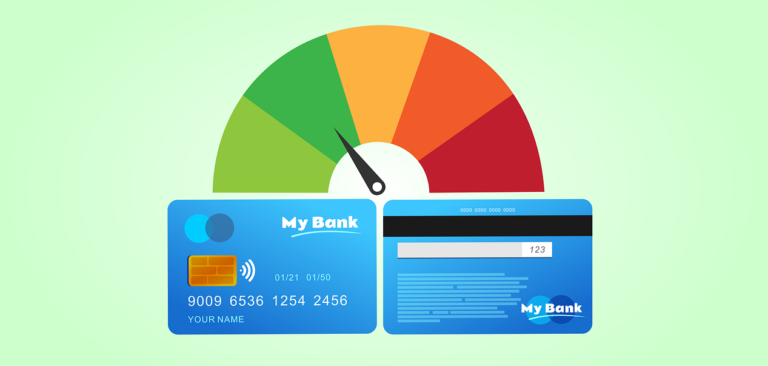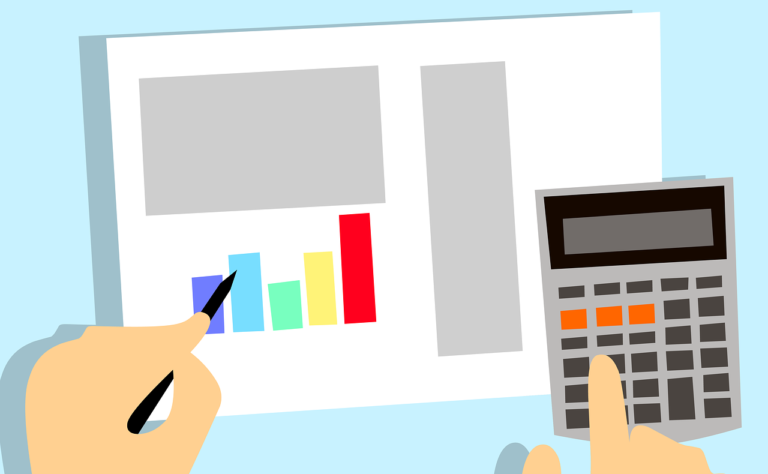Debt Management Strategies That Actually Work
In today’s consumer-driven society, debt has become a pervasive part of many individuals’ financial landscapes. From mortgages and car loans to credit card debt and student loans, the burden of debt can often seem insurmountable. However, with a strategic approach and disciplined mindset, managing and eventually eliminating debt is entirely achievable. This article explores proven debt management strategies that can help individuals regain financial stability and work towards a debt-free future.
Understanding Your Debt
The first step in effective debt management is understanding the extent and nature of your debt. This involves compiling a comprehensive list of all debts, including creditor names, balances, interest rates, and monthly payments. This overview provides a clear picture of your financial obligations and is critical for developing a tailored debt management plan.
Prioritize Your Debts
Not all debts are created equal. High-interest debts, such as credit card balances, tend to compound quickly and should be prioritized. Two popular methods for prioritizing debts are the Snowball Method and the Avalanche Method:
- Snowball Method: This approach involves paying off debts from smallest to largest, regardless of interest rate. The psychological wins of paying off smaller debts can motivate individuals to keep going.
- Avalanche Method: Contrarily, the Avalanche Method focuses on paying off debts with the highest interest rates first, potentially saving more money in interest over time.
Budgeting: The Foundation of Debt Management
A well-structured budget is the cornerstone of effective debt management. It entails mapping out monthly income and expenses to identify how much can realistically be allocated towards debt repayment. Prioritizing essential expenses and finding areas to cut back can free up additional funds for debt payments.
Strategies for Reducing Debt
Consolidation Loans
Debt consolidation involves combining multiple debts into a single loan with a lower interest rate. This strategy can simplify monthly payments and reduce the amount of interest paid over time. However, it’s crucial to consider the loan terms and ensure that the consolidation loan actually provides financial benefits.
Balance Transfer Credit Cards
For high-interest credit card debt, a balance transfer to a card with a 0% introductory APR can provide a breather from interest accrual. This allows more of your payments to go towards the principal balance. It’s important to have a plan to pay off the balance before the promotional period ends to avoid high interest rates.
Negotiating with Creditors
Many creditors are willing to negotiate terms, such as interest rates, payment amounts, or even the total owed. This can be particularly effective if you’re facing financial hardships. Communicating openly with creditors can lead to modified payment plans that are more manageable.
Building an Emergency Fund
Simultaneously building an emergency fund while paying off debt might seem counterintuitive, but it’s a crucial strategy. An emergency fund can prevent the need to take on new debt in case of unexpected expenses, breaking the cycle of debt.
Lifestyle Adjustments
Long-term debt reduction often requires lifestyle adjustments. This might include downsizing your home, selling a vehicle, or cutting discretionary spending. While these changes can be challenging, they’re often necessary for substantial debt reduction.
Increase Your Income
Increasing your income through side jobs, freelancing, or selling unused items can provide extra money to apply towards your debt. Every little bit helps in accelerating the debt repayment process.
Stay Motivated and Seek Support
Debt repayment is as much a psychological challenge as it is a financial one. Staying motivated and maintaining a positive outlook is essential. Joining support groups or following debt-free communities can offer encouragement and practical advice.
Using Technology
Numerous apps and online tools can help track debt repayment progress, budgeting, and savings. Leveraging technology can simplify the management process and keep you focused on your goals.
Conclusion
Debt can feel like a heavy burden, but it doesn’t have to be a life sentence. By understanding your debt, creating a strategic repayment plan, and making necessary lifestyle adjustments, you can work your way towards a debt-free life. Remember, successful debt management requires patience, discipline, and a commitment to long-term financial health. Implementing these strategies can not only help manage and reduce debt but also pave the way for a more secure and prosperous financial future.







